The study of dinosaur biomechanics is a rapidly evolving field that uses cutting-edge technology to reconstruct the lives of these extinct giants. We’re no longer content with simply observing fossil skeletons; instead, researchers are employing sophisticated techniques like 3D scanning, computer modeling, and biomechanical simulations to understand how these creatures moved and interacted with their environments. This approach allows us to go beyond speculation and develop much more informed hypotheses about their behavior, feeding strategies, and overall fitness. The goal is to essentially ‘virtually walk’ with dinosaurs, gaining a deeper appreciation for their incredible physical capabilities.
This fascinating area of paleontology combines insights from biology, physics, and engineering, providing a unique perspective on the evolution of terrestrial locomotion. By analyzing skeletal structures, muscle attachments, and even trace fossils, scientists can begin to piece together the mechanical principles that governed dinosaur movement. It’s a truly interdisciplinary endeavor with the potential to revolutionize our understanding of prehistoric life, prompting us to re-evaluate long-held assumptions about dinosaur abilities.
Skeletal Architecture and Robustness
The bones of large theropods like Tyrannosaurus rex are characterized by their incredible density. This isn’t just about weight; it's a carefully evolved adaptation for supporting tremendous forces generated during powerful movements. Researchers have discovered that T. rex’s limbs and spine were significantly denser than those of modern animals of similar size, indicating an exceptional capacity to withstand the stresses of running at high speeds. Studies using CT scans and X-rays have revealed intricate internal structures, including trabeculae (bone struts), that provide exceptional strength and rigidity without adding excessive weight.
Furthermore, the shape of the bones themselves contributes significantly to their structural integrity. T. rex's femur, for example, boasts a broad, robust design with a deep groove for the thigh muscle, emphasizing its role as a lever for generating immense thrust. The combination of bone density and optimized shape results in a skeletal system built to handle incredible amounts of power, creating a unique biomechanical profile. It’s a testament to the power of natural selection, refining skeletal features for efficient and resilient movement.
Recent advances in finite element analysis have enabled researchers to simulate the stresses experienced by T. rex bones during various movements, confirming that their architecture was indeed optimally designed to withstand these extreme loads. These simulations highlight the remarkable engineering behind these giant predators and demonstrate the importance of understanding skeletal robustness in reconstructing dinosaur locomotion.
Muscle Attachments and Force Generation
The muscles of dinosaurs, while not fossilized in the same way as their bones, can be inferred through the positions of muscle attachments on the skeleton. Examining the anatomy of the shoulder, hip, and limb joints reveals clues about the size and type of muscles that connected there. Scientists use comparative anatomy—comparing T. rex muscles to those of modern animals with similar locomotory styles—to estimate the force production capabilities of their limbs.
Specifically, the attachment points for the powerful thigh muscles are strategically positioned to maximize leverage. T. rex possessed a huge gluteus maximus – the largest of any known terrestrial animal – providing the necessary force for driving its legs forward. Research indicates that T. rex likely relied on a 'plantigrade' stance, similar to elephants or rhinoceroses, distributing its weight across both feet and providing a stable base for powerful pushes. This posture, combined with massive musculature, allowed them to generate impressive propulsive forces.
Furthermore, understanding the shape and orientation of the muscle bellies—the fleshy parts of the muscles—is crucial. These shapes dictate the angles of force vectors, ultimately affecting the direction and magnitude of movement. Advanced biomechanical modeling can help researchers predict how these muscles would have functioned during different gait patterns, providing a more complete picture of T. rex's locomotion.
Trackways and Gait Analysis
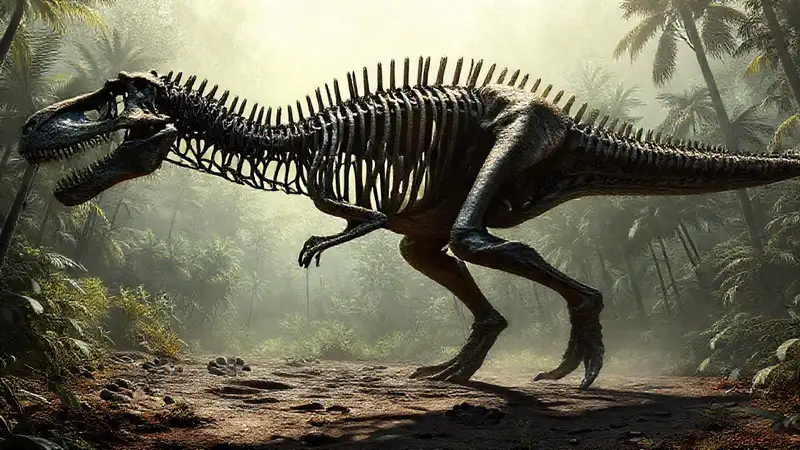
Fossilized footprints—trackways—provide invaluable insights into dinosaur locomotion. Analyzing the spacing, stride length, and orientation of these prints can reveal information about running speed, gait style, and even social behavior. Scientists employ geometric morphometrics to quantify the shape and size of footprints, allowing them to compare tracks from different dinosaurs and trackways from different locations.
By combining trackway data with skeletal measurements, researchers can estimate the speed at which T. rex moved. Detailed studies have suggested that T. rex was capable of bursts of high-speed running, likely up to 30-40 mph, although sustained running speed was probably lower. Analysis of trackways also reveals evidence that T. rex may have employed a ‘spring-loading’ gait, utilizing its massive body mass to store and release energy with each stride, enhancing its speed.
Modern techniques such as photogrammetry are utilized to create 3D models of trackways, enabling detailed measurements and analyses that were previously impossible. These analyses contribute significantly to our understanding of how dinosaurs used their limbs to navigate diverse terrains and maintain balance during movement.
Computational Modeling and Simulation
Computer modeling is now a critical tool in dinosaur biomechanics, allowing scientists to simulate dinosaur movements in a virtual environment. These models incorporate detailed anatomical data, estimates of muscle force, and physical laws to predict how a dinosaur would have moved under different conditions. Researchers can test various hypotheses about gait patterns, speed, and stability by tweaking parameters within the simulation.
One popular approach utilizes "virtual gait" simulations, where the dinosaur’s skeletal structure is animated, and the forces generated by the muscles are calculated. This allows researchers to visualize the mechanics of movement and identify potential limitations or inefficiencies. Sophisticated software packages can also simulate the impact of terrain on a dinosaur’s movement, providing insights into how they adapted to different environments.
Ultimately, computational modeling bridges the gap between fossil evidence and dynamic movement, offering a powerful way to test and refine theories about dinosaur locomotion. The increasingly detailed and accurate models are providing a much more nuanced understanding of these extinct animals than ever before.
Conclusion
The study of dinosaur biomechanics is not simply about recreating the past; it’s about gaining a deeper understanding of the principles of evolution and adaptation. By meticulously analyzing fossils, combining anatomical data with sophisticated modeling techniques, and utilizing comparative biology, we’re steadily unraveling the secrets of how these colossal creatures moved across the Earth.
This field demonstrates the incredible power of interdisciplinary research and provides a compelling example of how science can illuminate the lives of organisms that existed millions of years ago. As technology continues to advance and our fossil record expands, we can expect even more groundbreaking discoveries to shed light on the remarkable biomechanics of the dinosaurs and further revolutionize our understanding of the history of life on Earth.
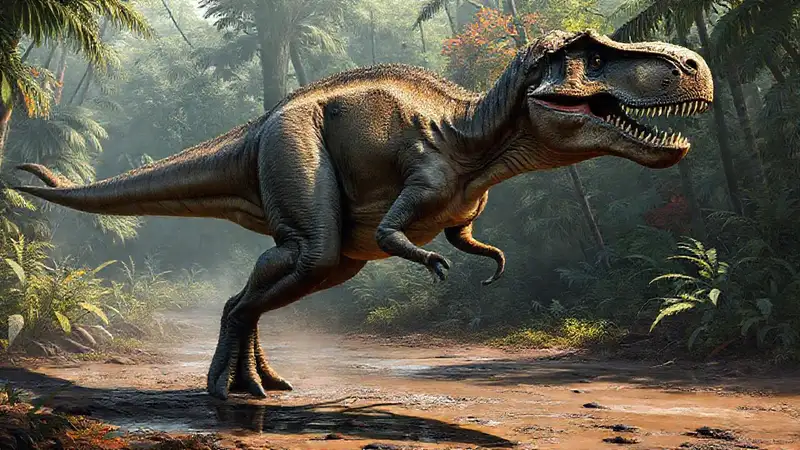
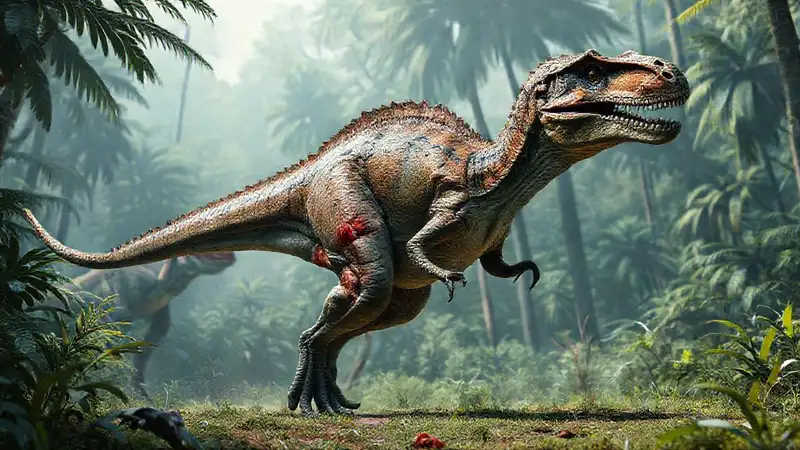
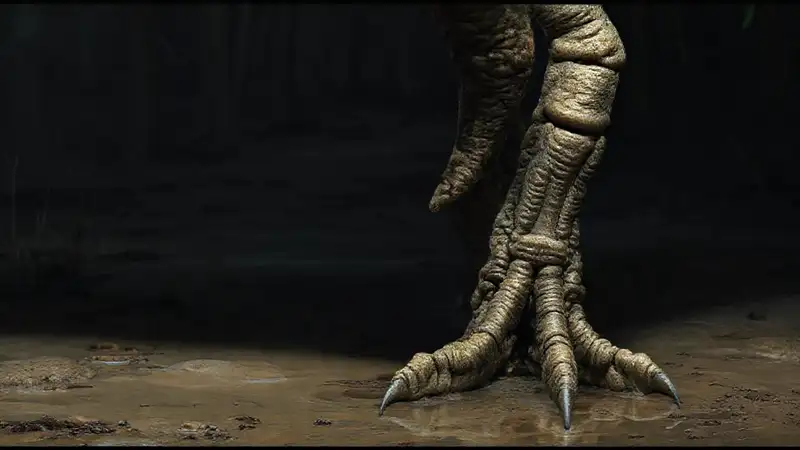
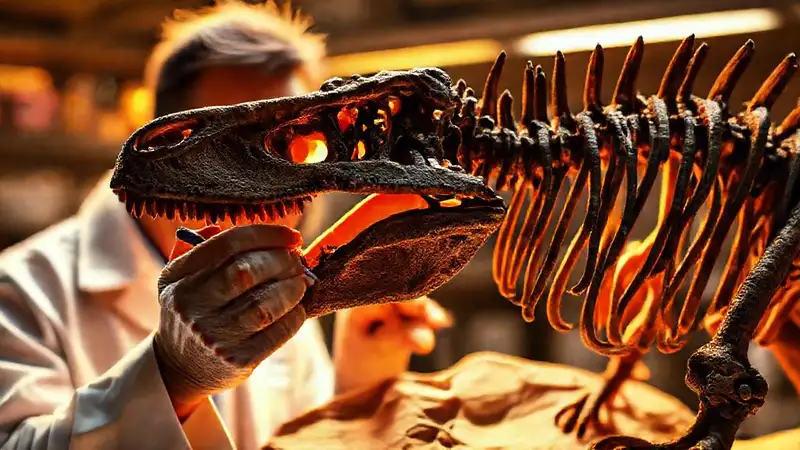
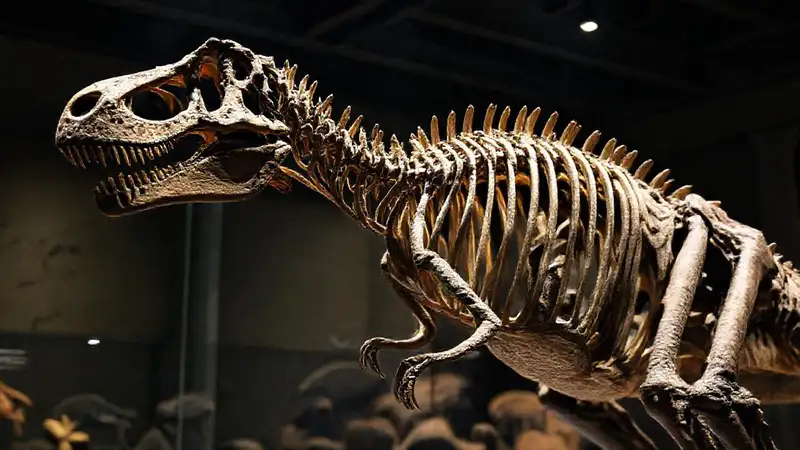
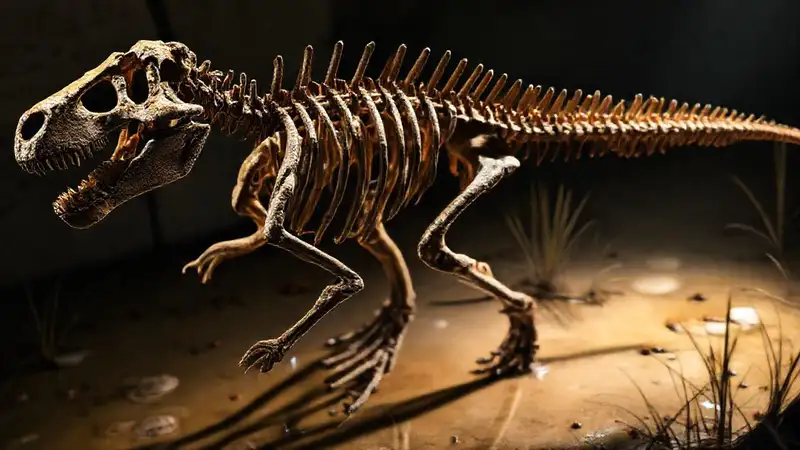
Deja una respuesta